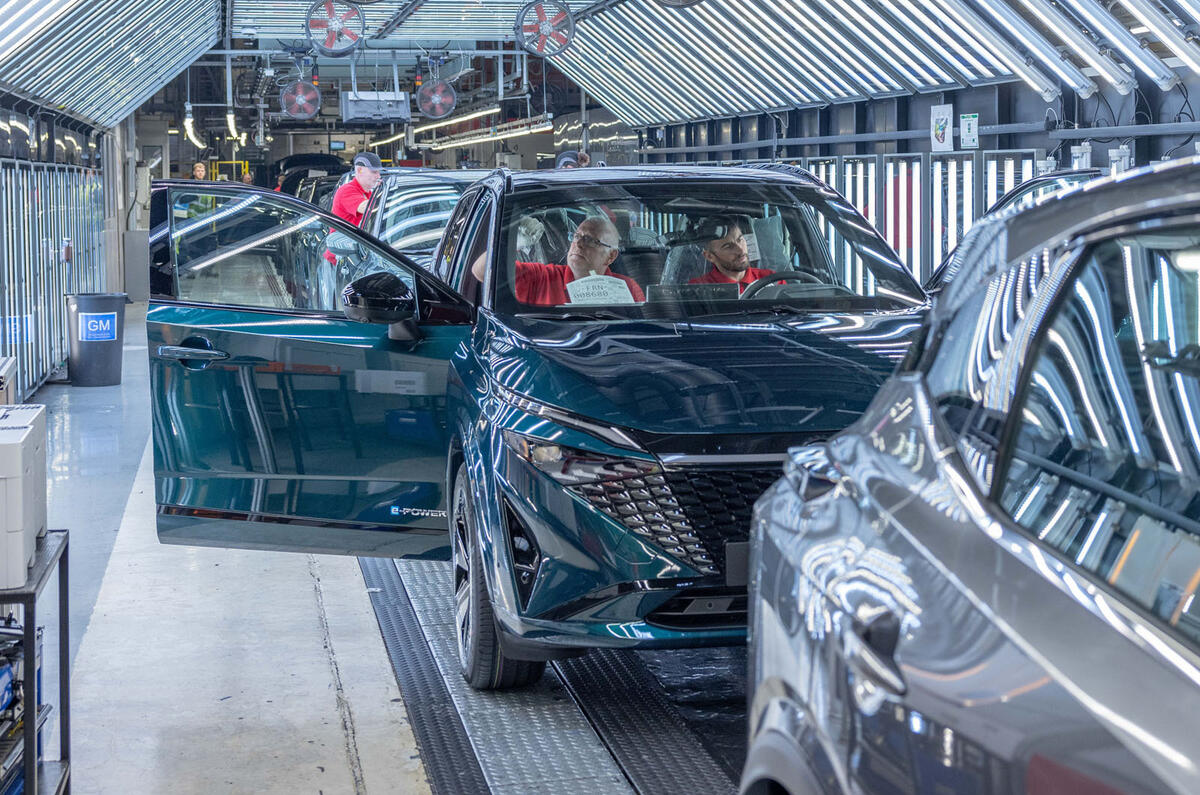Nissan hasn’t ruled out closing its Sunderland plant as part of a radical restructure of the cash-strapped company after talks with Honda over a merger broke down.
Nissan said on 13 February that it will shut three plants globally between now and the end of the 2026 financial year as it works to find savings equivalent to £2 billion. It named only its Thailand plant as one of the three slated for closure.
“Given the latest performance of our company and the changing environment, it is essential we explore options without any taboo and carry out a deeper structural reform,” CEO Makoto Uchida said on the company’s latest financial results call on 13 February.
Europe was by far Nissan's worst-performing region financially in the nine months to the end of December, with losses equivalent to £354 million, down from a small profit over the same period in 2023. Nissan has posted an annual profit only once in the region since 2015.
Europe’s outsized losses are inverse in proportion to the size of the market for Nissan, which comes fourth behind North America, China and Japan, with sales of 238,000 in the nine months to the end of December, down 2.6% on the year before.
Sunderland production meanwhile fell 33% in the three months to the end of December to 61,000 vehicles, with nine-month production down 17% to 203,000. Production at the facility peaked in 2016 with more than 500,000 cars built.
Nissan already shut its Barcelona plant in 2021 in an effort to staunch persistent losses in Europe, leaving Sunderland as its only remaining European facility.
Asked by Autocar whether Sunderland was safe, a spokesperson for Nissan Europe said that nothing had been specified on closures other than Thailand.
The company decision to close plants represents a change from its position in November, when it said it could achieve required cost savings and 9000 job cuts by optimising its global production network, for example by reducing shifts.
In Sunderland’s favour is the fact that Nissan – along with the UK government – has poured £2bn into the facility in recent years order to build new EVs, including the upcoming new Leaf. Nissan’s battery partner Envision AESC is also finalising construction of a new cell plant on the site.
Nissan said on Thursday that the Mk3 Leaf would enter production in the 2025 financial year, which ends on 30 March 2026.





Add your comment